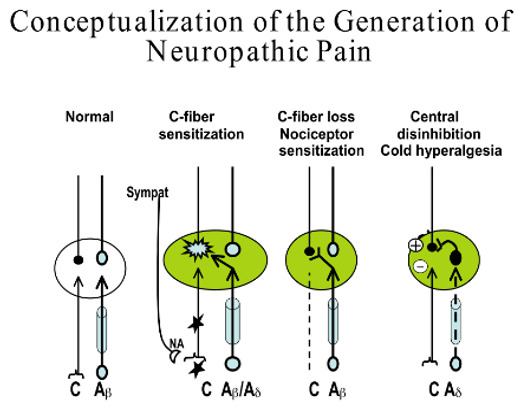From: Diabetic Neuropathies

This electronic version has been made freely available under a Creative Commons (CC-BY-NC-ND) license. A copy of the license can be viewed at http://creativecommons.org/licenses/by-nc-nd/2.0/.
NCBI Bookshelf. A service of the National Library of Medicine, National Institutes of Health.
